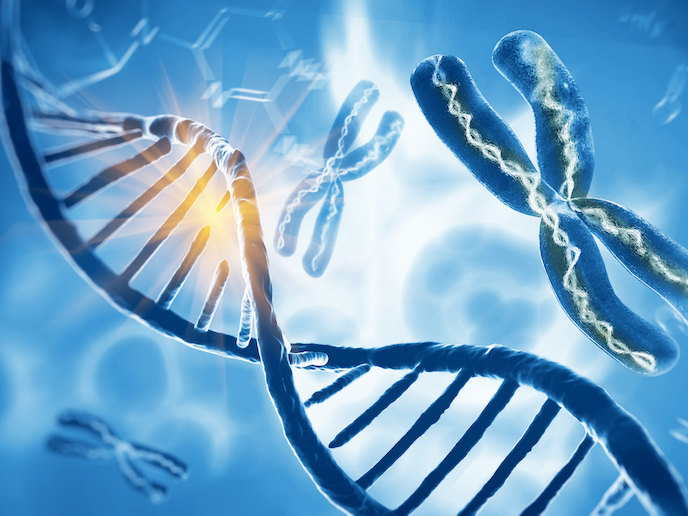Understanding how the human body works to keep cancer in check
Deoxyribonucleic acid, better known as DNA(opens in new window), is no ordinary molecule. That’s because within its double helix structure is all the genetic instructions our cells need to develop, function, grow and reproduce. Needless to say, any damage to the DNA can have a significant impact on cellular production and sometimes results in critical diseases like cancer. To protect our genome(opens in new window) from internal and external sources of damage, our bodies have developed checkpoints. Sensing the presence of damaged DNA, these checkpoints block cell production until the damage is fully repaired, thus acting as an important anticancer barrier. Although we know that these checkpoints exist, we don’t know how they react against particular problems. “One particularly serious problem is when the replication machinery, or the system that copies the genetic information, encounters lesions on the DNA template that cause it to generate replicative stress,” says Néstor García-Rodríguez, a researcher at the Andalusian Molecular Biology and Regenerative Medicine Centre(opens in new window). With the support of the EU-funded DNAcheck project, García-Rodríguez is providing new insight into how human cells sense, and deal with, the replicative stress that can result in cancer and other diseases. This research was undertaken with the support of the Marie Skłodowska-Curie Actions(opens in new window).
Finding out where ssDNA comes from
In prior research conducted in budding yeast(opens in new window), García-Rodríguez concluded that when replicative stress occurs, the checkpoint response is activated by the accumulation of single-stranded DNA(opens in new window) (ssDNA) behind the replication forks(opens in new window). In this project, he aimed to find out where the ssDNA comes from in human cells. “It has been assumed that ssDNA accumulates at stalled replication forks and is caused by an uncoupling of the replicative helicase(opens in new window) and polymerase(opens in new window) movement,” he explains. “However, increasing evidence suggests that replication forks do not permanently stall when they encounter DNA lesions but instead restart, leaving ssDNA gaps downstream from the lesions.” During this project, researchers successfully identified a remarkable mechanism that promotes the robust activation of the replication checkpoint in human cell lines. “This process involves action by different nucleases at the ssDNA gaps generated behind the replication forks and in the presence of lesions on the DNA template,” adds García-Rodríguez.
A groundbreaking discovery
The DNAcheck project succeeded in confronting the textbook model of replication forks being the origin of the checkpoint signal during replication stress and instead shifted the focus to the relevance of ssDNA gaps. “The fact that we found that the checkpoint activation mechanism is conserved in human cells is a groundbreaking discovery and one that allowed me to open my own line of research in biomedicine,” concludes García-Rodríguez. García-Rodríguez is currently focusing his attention on better understanding the dynamic of ssDNA gap processing and filling, including identifying putative new factors involved in such processes. He also plans to study how interfering with ssDNA processing could be used to selectively kill cancer cells. If successful, this work may open the door to new therapeutic approaches to treating cancer patients.







